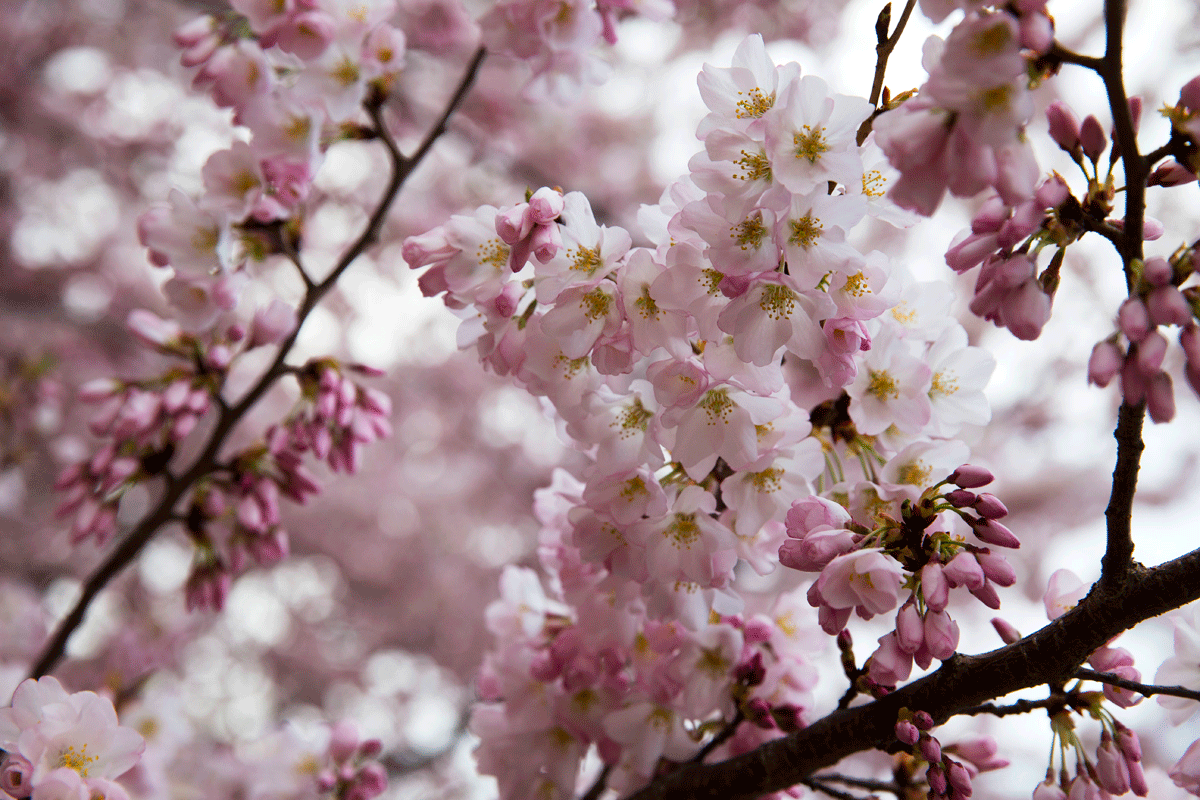WASHINGTON — It’s unseasonably cold and areas to the north and west of D.C. could get snow Friday — the first day of spring. But the cold snap isn’t changing the predicted peak bloom date for Tidal Basin cherry blossoms.
“We expected the colder weather,” says Michael Stachowicz of the National Park Service — National Mall and Memorial Parks.
He’s sticking to his prediction announced in early March for a peak bloom date to be April 11-14 for the 2015 season.
“We worked with the National Weather Service and they let us know that there was going to be a warm bubble in the middle of March. But, the long-term forecast was for an overall cool March,” he says.
A spread sheet formula using historical temperature averages help Stachowicz’s prognostication.

During the peak bloom date, 70 percent of the Tidal Basin cherry blossoms should be open. Also, it’s the last weekend of the National Cherry Blossom Festival that sponsors activities around town March 20 — April 12.
Even if you don’t visit the National Mall on the exact peak bloom dates, there are brilliant displays regionwide in the general time frame.
“A week before to a week after, you can really run into blooms. That one peak weekend does not mean that’s the only show in town,” Stachowicz says.
The Kwanzan cherry blossom variety on Haines Point typically bloom about 12 days later than the mostly Yoshino cherry blossoms along the Tidal Basin. The Kenwood neighborhood of Bethesda, Maryland, has an amazing collection that typically reaches peak bloom three to four days after the Tidal Basin trees, says Bethesdanow.com.
Other viewing alternatives to the National Mall listed by NBC Washington include Washington National Cathedral in Northwest D.C. and Historic Dumbarton Oaks in Georgetown.
Wherever you experience the beauty of cherry blossoms, you’re asked to respect the trees and don’t sit on limbs, pull on branches or pluck the flowers.
Stachowicz recommends a policy of look, but don’t touch.
“This is a beautiful display, it has a beautiful history and we all have to do our part to make sure that history continues,” he says.
The first cherry blossom trees Japan donated to America as a gesture of goodwill arrived in the U.S. in January 1910.








